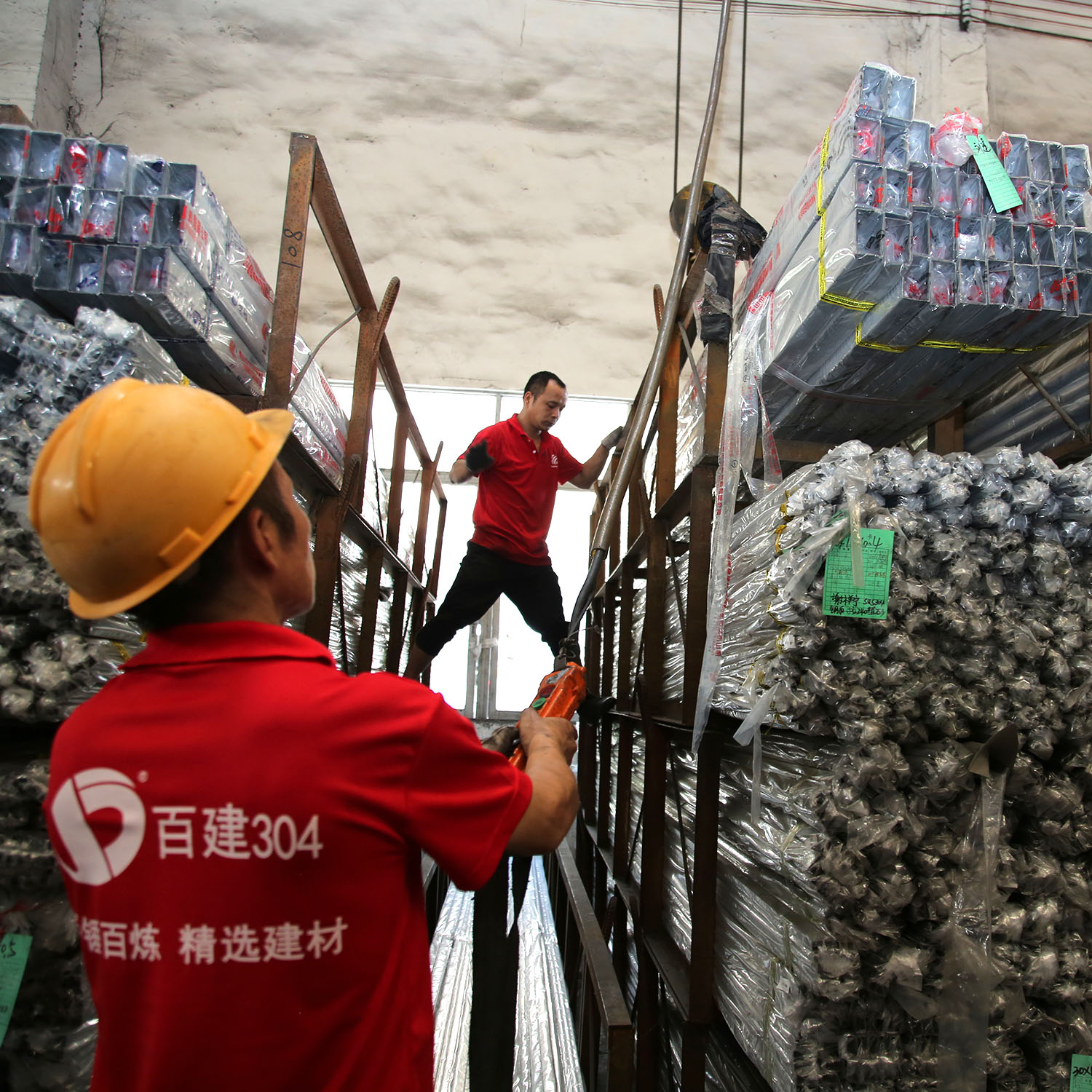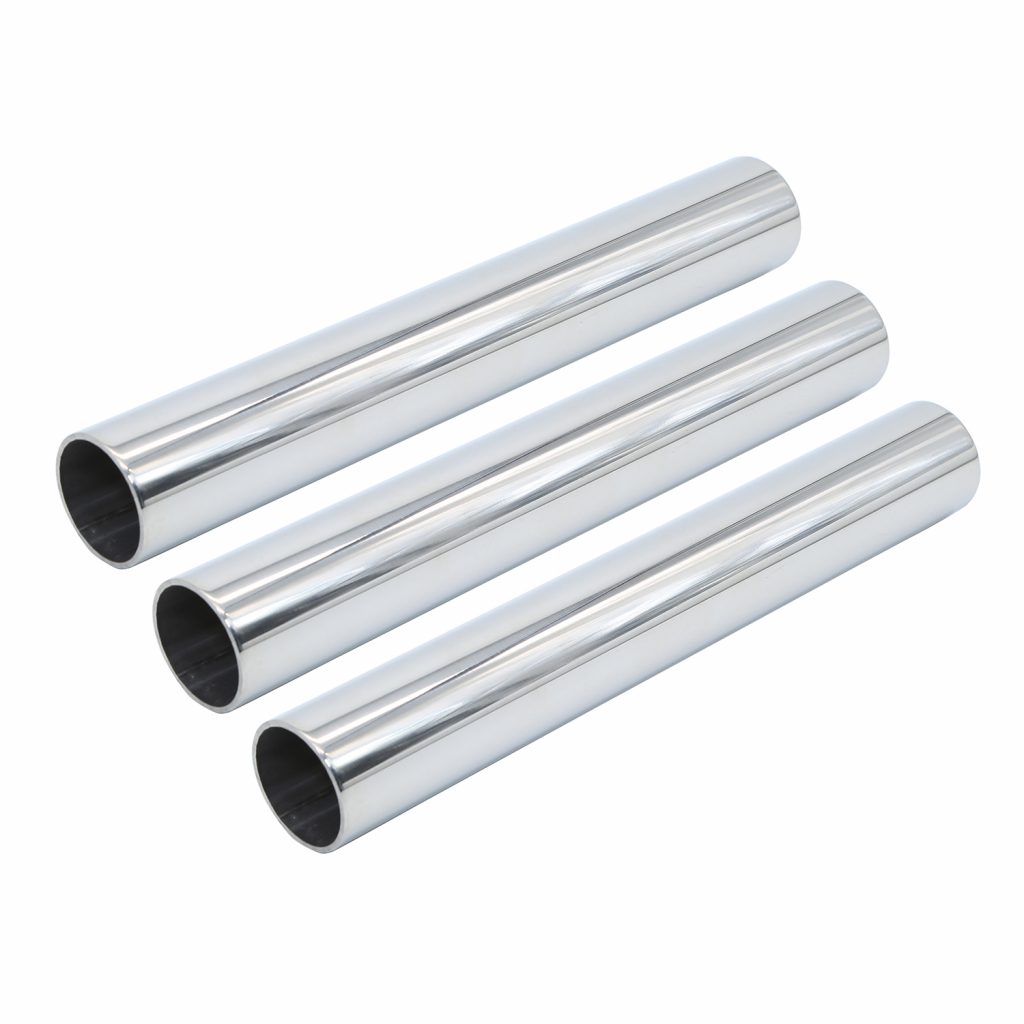
In an industry where hygiene and safety are paramount, it is astonishing to note that over 70% of foodborne illnesses can be traced back to improper handling during transportation. This underscores the critical role that materials such as stainless steel sanitary tubing and pipes play in ensuring safe transit for sensitive products.
Click to find more about stainless steel sanitary tubingstainless steel sanitary pipe.The Essential Role of Stainless Steel Sanitary Tubing and Pipe in Transportation
Stainless steel sanitary tubing and pipe are specifically designed to meet stringent hygienic standards, making them indispensable in various industries including food processing, pharmaceuticals, and biotechnology. Their smooth surfaces prevent bacterial growth while also facilitating easy cleaning—a vital characteristic when transporting perishable goods or sterile substances. Furthermore, these materials exhibit excellent resistance to corrosion and high temperatures, which enhances their durability during transport. In terms of Risk Management in Transportation, utilizing stainless steel ensures compliance with health regulations while minimizing potential contamination risks associated with inferior piping systems.
The Significance of 304 Stainless Steel Pipe Suppliers in Risk Management
When discussing Risk Management in Transportation concerning stainless steel sanitary tubing and pipes, one cannot overlook the pivotal role played by 304 stainless steel pipe suppliers. These suppliers provide a material known for its exceptional strength-to-weight ratio along with superior corrosion resistance—qualities that significantly reduce the likelihood of structural failures during transit. Additionally, reputable suppliers often implement rigorous quality control measures throughout their manufacturing processes; this not only guarantees product integrity but also mitigates risks related to non-compliance with industry standards.
A Closer Look at HengXing Steel’s Approach to Risk Management in Transportation

HengXing Steel exemplifies best practices within the realm of Risk Management in Transportation through several key features:
- Quality Assurance: Comprehensive testing protocols ensure each batch meets strict specifications before shipment.
- Sustainable Practices: Commitment to environmentally friendly production methods reduces liability associated with environmental impacts.
- Timely Delivery: Efficient logistics management minimizes delays that could compromise product integrity upon arrival at destination points.
- Crisis Response Plans: Established procedures for addressing unforeseen issues during transportation enhance overall reliability.
- User Education: Providing clients with guidelines on proper handling further decreases risk factors post-delivery.
A Concluding Perspective on Stainless Steel Sanitary Tubing’s Role in Risk Management During Transport
The attributes inherent within stainless steel sanitary tubing and pipes make them crucial components for effective risk management strategies within transportation frameworks. By leveraging high-quality materials from reliable suppliers like HengXing Steel, businesses can significantly mitigate risks associated with contamination or equipment failure—ultimately safeguarding public health while maintaining operational efficiency across various sectors.

